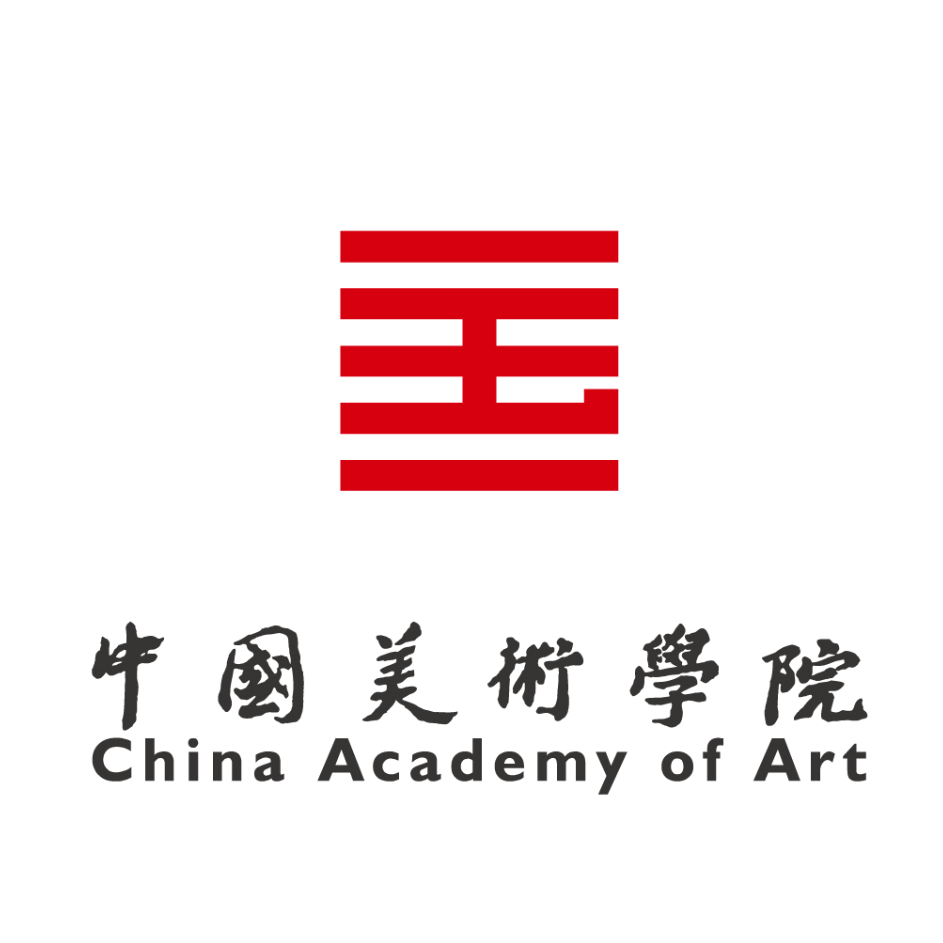Throughout China Academy's historical development, there have remained two clear perspectives defining its pedagogical approach. One includes the concept of Eclecticism, championed by the Academy's first active president, Lin Fengmian, who emphasized a combination of mutually informative education. The other perspective, advocated for by later president Pan Tianshou emphasizes the idea that “Innovation derives from tradition.” These two philosophies, serving as main pillars of academic pursuit, work in tandem to create a platform for bold artistic vision and advancement, and help to establish a sound humanistic environment, which has become an integral aspect of the Academy's pedagogy, and has lead the way for a new chapter of Chinese artistic education.
In the ninety years of the Academy's history and development, with changes made to both its name and location, the school has faced significant trials and hardships. From its earliest incarnation as the National Academy of Art, to the Hangzhou Academy of Art, the National College of Art, the East-China Campus of the Central Academy of Fine Art, the Zhejiang Academy of Fine Arts, and finally to its current title as the China Academy of Art. Its location has moved from Hangzhou to Jiangxi, Hunan, Yunan and to the city of Chongqing; from its time located on Solitary Mountain, its present sites on the south side of the West Lake, and all the way to the foot of Xiangshan mountain. Throughout its evolution, over the passage of time, the Academy's spirit has never diminished, and like a great fire, continues to build its legacy and illuminate the way for the future.
With university motto of “Strength, Reverence, Mastery, Exploration”, China Academy of Art upholds following pedagogical philosophies: to build a world class, specialized university; to persevere in fostering high moral standards, establishing a strong ‘artistic environment’, ‘artistic mindset’ and ‘artistic education’; To champion a spirit of mission, innovation and poetic character; To foster a multifaceted approach to learning, seeking harmony through diversity; To cultivate individuals to possess the ‘Four Sensibilities’-Integrity and Knowledge, Practice and Theory, Ancient and Modern, Local and Global; To establish a model for ‘erudite craftsman’ emphasizing ‘knowledge attained through practice and consciousness attained through scholarship’.
Currently, China Academy of Art has three campuses of Nanshan, Xiangshan, Zhangjiang in Hangzhou and Shanghai as well as Liangzhu campus in preparation, with over 9000 students and over 1000 faculties. Among which, there are 261 international students with academic certificates and 1595 international students for long-term and short-term studies.
With the mission of developing as a world-class university, China Academy of Art has developed to have “five disciplines and ten plus schools”. In addition, the school continued its efforts to establish its Eastern Visual Arts Studies program, building a new group of subject-disciplines focused on specialized visual arts courses in Eastern culture and techniques.
In the 1980's, the school became one of the first institutions in China to award master's degrees (1981) and doctoral degrees (1984). In 2002, and 2007, the Academy was selected by the PRC central government as the sole institution in China providing courses in artistic subjects to be recognized and supported as important National Key Disciplines. In 2015, the academy was listed as the first batch of national key universities, and in 2016 the academy as approved as jointly-built by Zhejiang Provincial Government, the Ministry of Education and the Ministry of Culture. In 2017, the academy was listed as national “Double First-Rate university and art discipline was listed as national first-class discipline. Disciplines of art, design, art theory and architecture were listed as Zhejiang Provincial First-Class discipline. Currently, the academy has three postdoctoral programs of art, design, and art theory. In 2017, its art discipline is listed as national first-class discipline.




